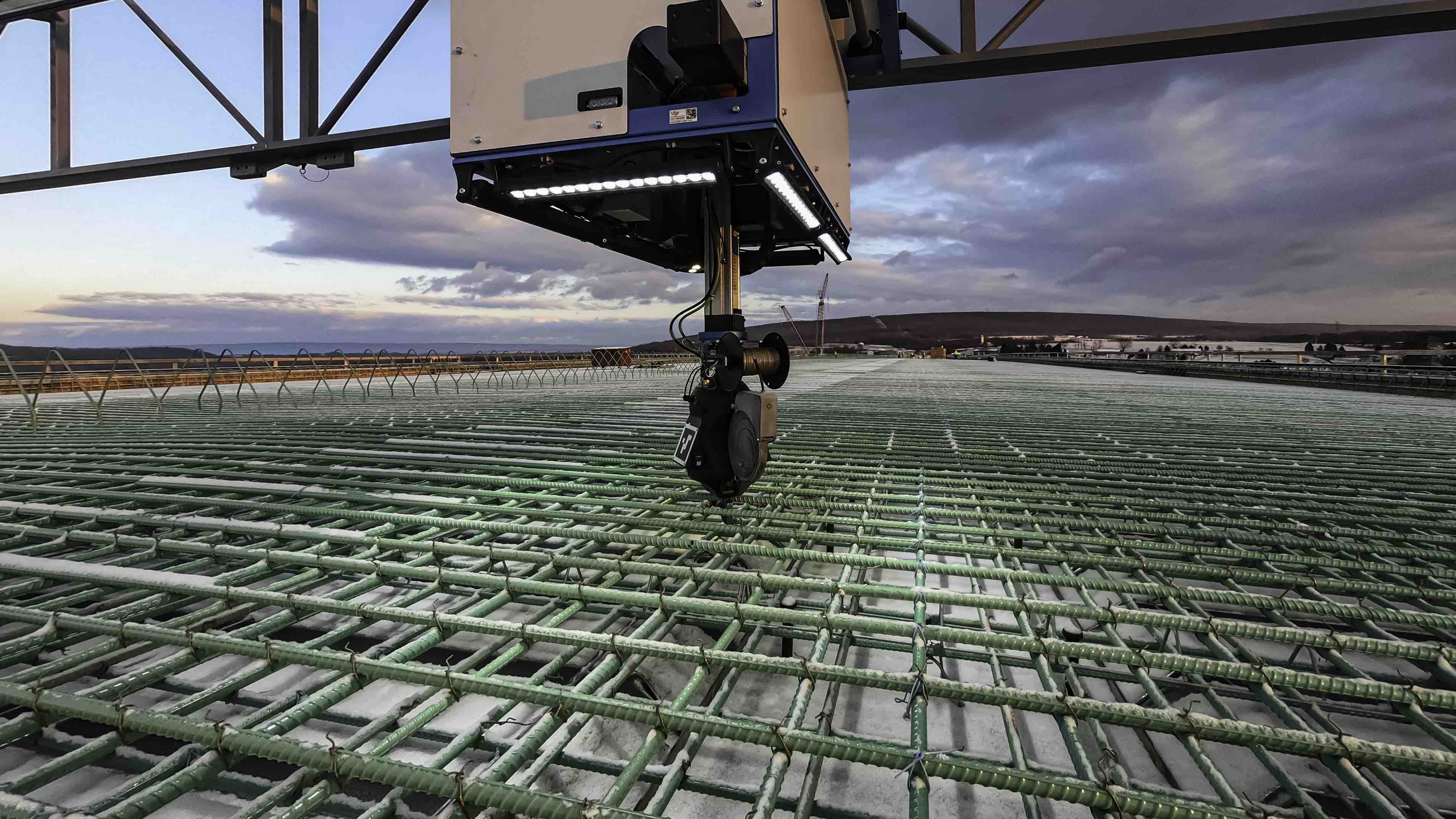Have a story idea
Have a story idea? Send it to us here.

Source : Wikimedia commons
July 7, 2022
Author : Alex Bustillos
The US construction industry continues to undergo significant innovations. Among others this can be seen in the rebar market.
Rebar is usually done by workers using steel reinforcement to improve the tensile strength of concrete in bridges. It is extremely backbreaking and repetitive work, while steel, due to the environment and exposure to chlorides, can have serious corrosion problems, leading to significant deterioration.
Due to the previous usage of steel bars, governments and contractors now have to deal with continual maintenance and potentially dangerous breakdowns costing an ongoing expense of around $74 billion.
A major new alternative over recent decades has been the use of a glass fiber-reinforced composite rebar (GFRP), which is four to seven times lighter and has a tensile strength of two to four times that of steel.
It was first used in the US in 1990s and since then GFRP has gained immense popularity. Taking into account the long-term benefits of GFRP rebar it is a much more cost-effective alternative to epoxy-coated and steel rebars.
There is also a move to deploy more automation in the sector. Tying steel rebar is time-consuming, and one worker can complete 150-250 ties an hour, which significantly impacts the project deadline and bottom line.
Potentially revolutionizing the sector a new technology, Advanced Construction Robot’s TyBot, is an autonomous robotic rebar-tying system.
After being installed on a job site, TyBot requires only a few commands from a technician via a small remote control panel before it begins working using robotics and Artificial Intelligence.
TyBot autonomously navigates bridge decks using computer vision, locates and ties rebar connections, then moves on to the next intersection at a rate of around 1,000 ties per hour.
Crews must install the rebar and secure enough junctions to make up roughly 10% of the entire job before TyBot can start working. TyBot works behind crews as they position and frame the mat, tying in the remaining junctions.
According to ACR, TyBot can operate on various constructions, including precast systems, bridges, and highways. It is compatible with up to #8X#9 rebar and can handle grades and super-elevation of up to 12 percent. It can also function in bad weather and at night.
Straight patterns are optimal for TyBot; more complex designs will still need humans.
So far only ten TyBots are deployed in the United States, but ACR now provides weekly and monthly leases.
TyBot can work from 9 to 100 feet, but it can greatly impact costs, dependent of course on the project size and local labor costs.
“Our goal is to design robots that fit into the current workflow of the industry,” says Jeremy Searock, co-founder and president of ACR. “We could change the way in which a road or bridge is built that would be more efficient, but that’s a bigger leap for the industry to bite off. So we like to do these successive sets of robots that are complementary to each other.”
A new IronBot platform, also created by ACR to eliminate yet another job site hassle—transporting and installing rebar—is currently in its final phases of development.
Before the TyBot binds the rebar, the IronBot would install the rebar. IronBot will have a total carrying capacity of 5,000 pounds and can move rebar and other tools and materials.
Read another recent Contractor News article on technological advancements being used in public works construction across the country.
Category : Contractor Trades Efficiency-Improving Technology Mobile Technology Modular & Prefabricated Construction Tech
